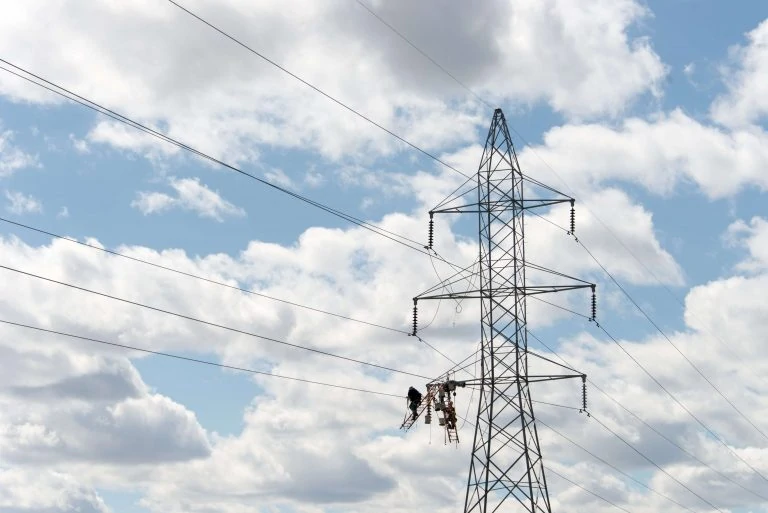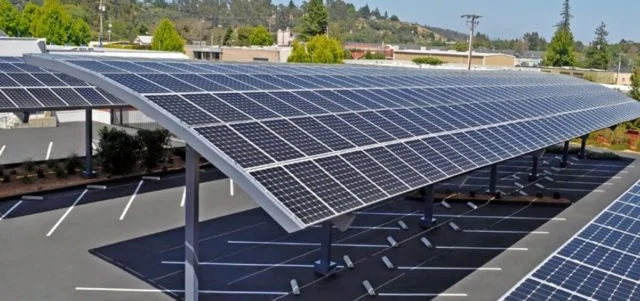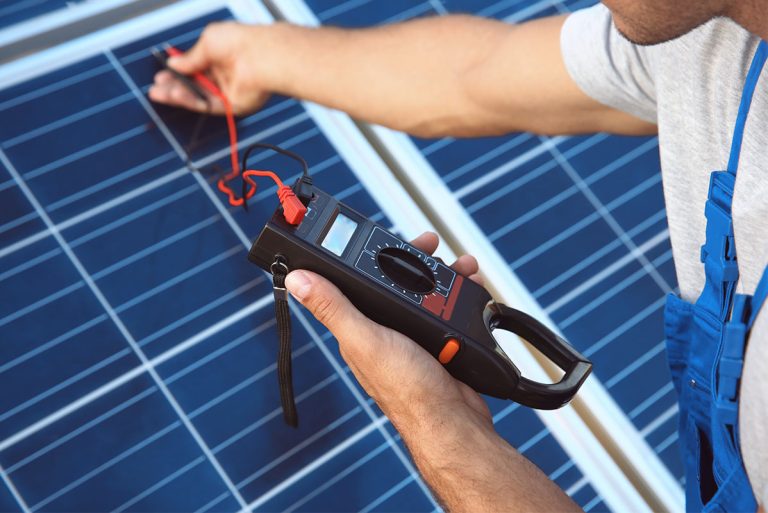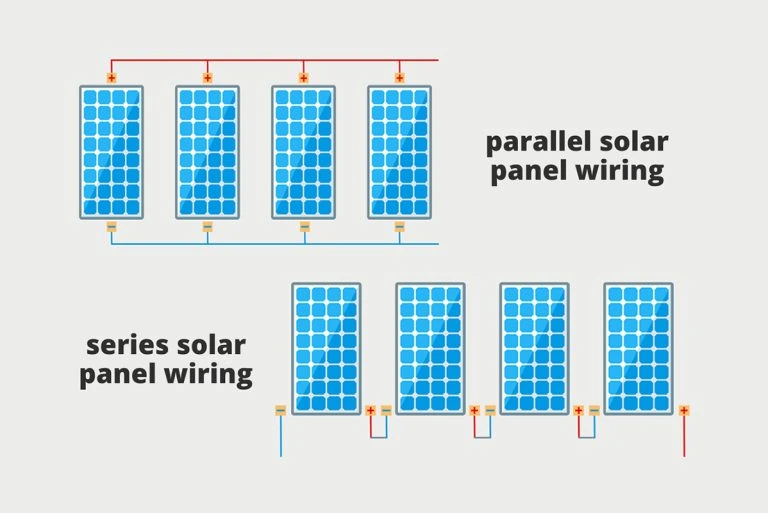Tidal power is not an often talked about topic in renewable energy. Here are the pros and cons about tidal wave energy.
Pros and Cons about Tidal Wave Energy
Every day, innovators recognize the essence to capture clean energy from renewable sources. One of the latest revolutions is the capture of green energy from the oceanic tides and waves.
In this article, we will discuss some of the basic facts about tidal wave energy as well as the many tidal wave energy pros and cons.
Throughout the world, there is a growing drive to create green energy from renewable sources to replace the non-renewable energy sources that are not only depleting but pose a threat to the environment.
Tidal wave energy which is one of the least advanced yet holds the most potential clean, eco-friendly energy is still in its infancy stages.
So what is tidal wave energy?
Tidal wave energy is the power produced by the waves and tides. It is a form of hydroelectric power. Special buoys, turbines, and other tidal energy generators capture the tidal wave energy and convert it into clean, pollution-free electricity.
Girard and son patented the first idea about wave technologies in 1799 in France.
Interesting facts about tidal wave energy
Before we dive into the details of tidal wave energy pros and cons, let’s have a look at some interesting facts about tidal wave energy.
- A phenomenon fact about wave energy is that if winds blow across the surface of the ocean, they produce waves which are then converted to energy. Underwater turbines are placed in areas where there is a high level of tidal movements to capture the kinetic motions of the surging and ebbing of the oceanic tides. When the energy is obtained, it is converted into clean energy.
- The tidal wave energy plants can be set up in three different points in the ocean or sea to capture the wave energy which includes: nearshore, offshore and far offshore.
- Tidal wave energy is that it can be obtained either from lower in the sea from the pressure changes or at the surface of the sea from waves.
- The kilowatts (kW) per meter of coastline in the city or the country are used to measure the potential of wave energy in an area or a country.
- Another remarkable fact about ocean energy is that oceanic waves have the highest energy density compared to all the other alternative sources of energy.
- A technology that converts wave power into electricity is called Wave Dragon, and the name of another wave energy converter is Oyster.
- A process called Influx of energy is used to utilize the power from the sea waves.
Without much further ado, let’s now look at the numerous tidal wave energy pros and cons.
Tidal wave energy pros and cons
In order to understand the true components of tidal energy, we need to evaluate both the pros and cons about tidal wave energy.
Pros of tidal wave energy
Below are the many advantages of using tidal wave energy.
It is truly a renewable source of energy
One of the significant advantages of tidal wave energy is that it is renewable. It is no brainer that the oceanic tides and waves used to generate the tidal wave power occurs naturally. The oceanic tides and waves are as a result of the effects of the rotation of the earth on its axis, combined with the gravitational force of the sun and the moon.
Tidal wave energy thus becomes an Infinite source of energy since those effects will always be there.
It remains environmentally friendly
Tidal power is one of the most eco-friendly sources of energy since it does not emit any harmful gases like carbon, residues or other greenhouse gases to the environment unlike other sources of energy like nuclear energy or fossil energy.
The tidal wave energy can be taken directly from the tides and waves and made directly to the production of electricity that is used to power the generators of the plant.
It is more reliable than other sources of energy
Since the tides, which can be low or high, occur in certain cycles and times, it is easier to predict their occurrences and plan well before to get the amount of power required. An interesting fact about tidal wave energy is that tides and waves are almost always in motion and less interrupted unlike the other sources like solar and wind.
So, tidal wave energy is a more reliable source of energy since it is certain the tides and waves will be there for almost the entire year. Thus, this usually results in a higher capacity factor relative to other renewables.
It is more effective than any other alternative energy
Another advantage of tidal wave energy is that it’s more effective than other alternative sources of energy since water is denser than air; it makes it easier to generate the electricity required, even at very low speeds of water.
Calculations reveal that power can be produced even at a speed rate of as little as 1m/s which are equal to slightly above 3fts/s.
Cost competitive
Since the source of tidal wave energy is not deemed to diminish in any near future, the power plants producing this kind of energy can sell the electricity at relatively lower prices
Massive power potential
These tides and waves have the potential to generate an enormous amount of tidal energy since the amount of power that comes with these tides are considerable.
Typically, for every meter of wave around the shore, the energy density that comes with it is around 40KW, and if going deeper into the ocean, the same length of the wave produces around 100KW. Tidal wave energy would have an interesting capacity factor profile.
Offshore wave power
Ocean wave energy plants can be constructed way deep into the ocean and far from the shore. It helps solve the issues that can arise if these processing plants are set up near the beach.
It also means that there will be more power potential for the plant since when it’s more in-depth into the sea, the tides can produce much more energy compared to near the land.
Abundant and readily available
One among the many facts about ocean energy is that it is readily available and in abundance. Many of the big cities and harbors in the world are near the ocean lines thus can efficiently harness the tidal wave power. Oceans cover the most substantial part of the earth thus making the wave energy so much available.
See Related: Pros and Cons of Nuclear Energy
Cons about tidal wave energy
Below are some of the most important disadvantages of tidal wave energy.
Costs
The initial cost of setting up and operating a tidal wave power plant is very high. It makes the tidal wave power relatively expensive at the moment though it’s expected that this will significantly drop with time. Tidal wave energy is still in its very early stages of developing and acceptance globally, and thus it’s hard to predict the exact costs of setting up the plants.
Effects on tourism and high-demand land
While tidal wave energy is environmentally friendly, tidal wave power plants that are near the shores may cause conflicts with tourism and also the acceptance by the local community. It, in turn, attracts more restrictions regarding size and location when constructing a plant along the coastline or near the shores. Maintenance of the machines used in the tidal wave power production may also be a challenge since they are underwater making it challenging and expensive.
Let’s be honest everyone loves the shoreline. It doesn’t need even need a sunny beach to be beautiful.
See Related: Sea Wall Advantages and Disadvantages
Effect on marine ecosystem
Although the oceanic wave energy is one of the cleanest kinds of power, it still has some impact on the creatures living nearby. For example, large machinery has effects on the natural order of the sea living beings since it disturbs the seafloor and may cause some of the animals to change their habitats.
If chemicals are used in the process of harnessing the tidal energy, it may spill and cause harm to the environment.
Limited to certain locations
Location is the most notable limitation to getting your energy from the tidal wave power generating plants since only the cities around the oceans can access this kind of power. Countries which are landlocked may not also benefit from tidal wave energy.
It makes the oceanic wave energy not the most viable source for everyone.
See Related: Pros and Cons of Nonrenewable Energy
Conclusion on the Pros and Cons about Tidal Wave Energy
After analyzing tidal wave energy pros and cons, it is evident that the tidal wave has the most potential for producing green and clean energy for the humankind in the future. I hope this article has offered valuable insights on tidal wave energy pros and cons.
What do you think about the pros and cons about tidal wave energy? We’d love to hear from you!












